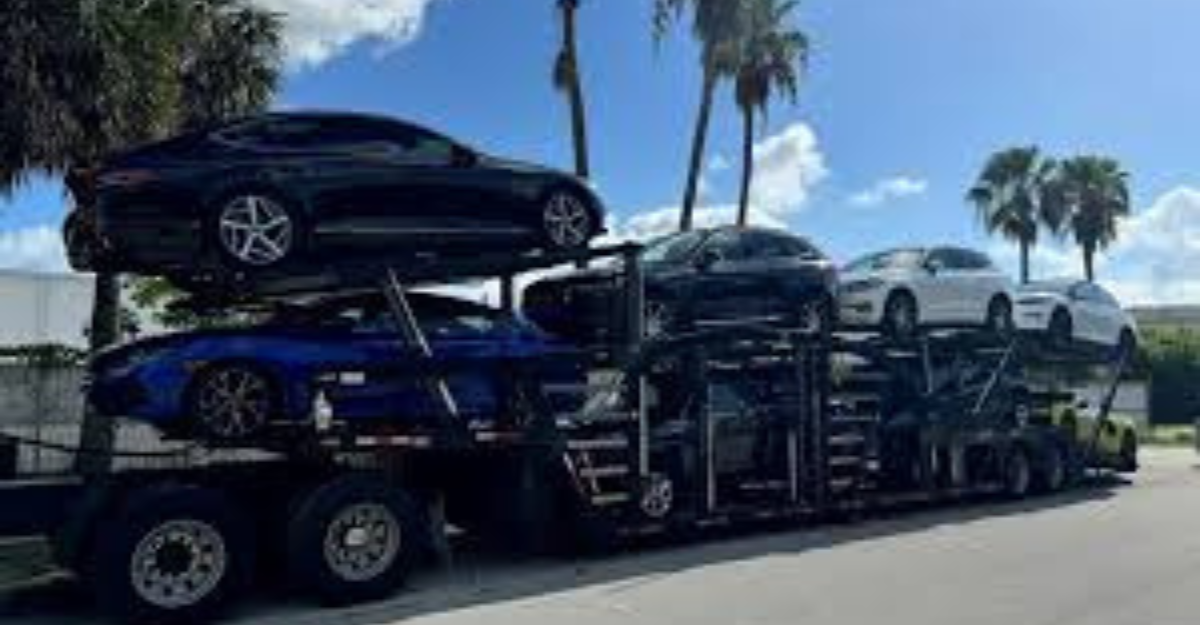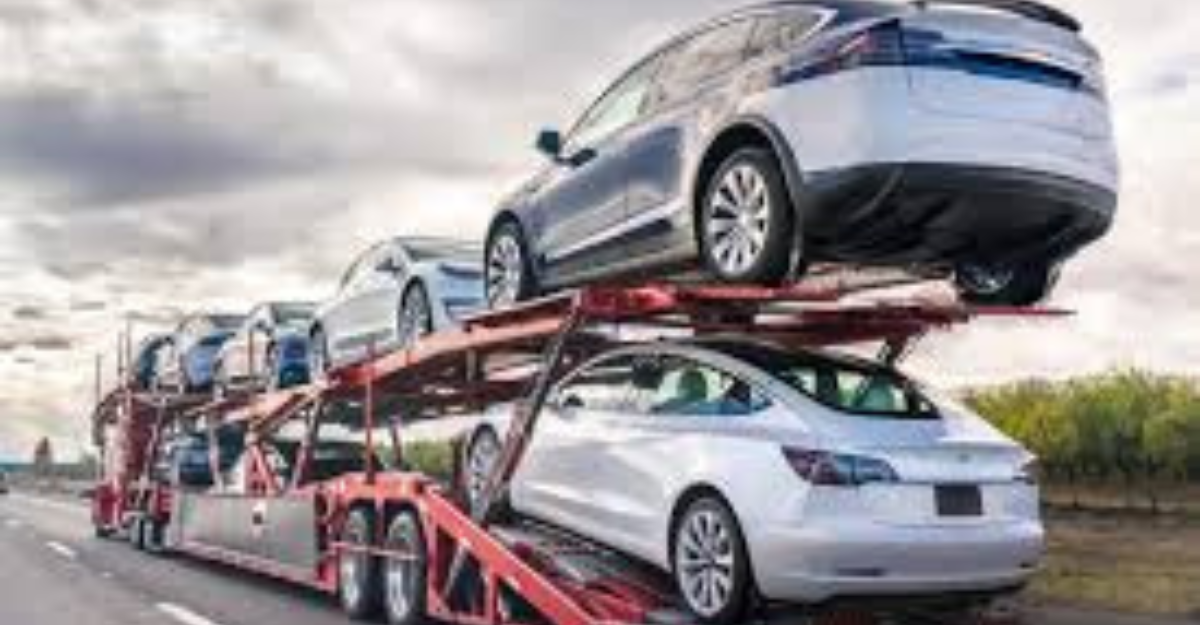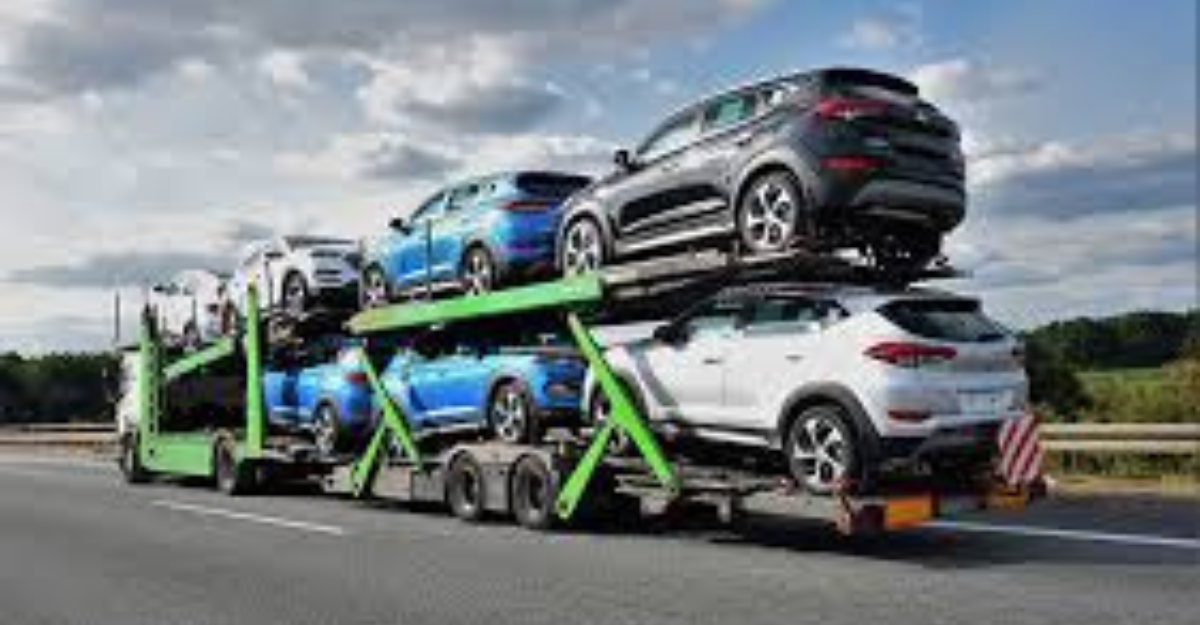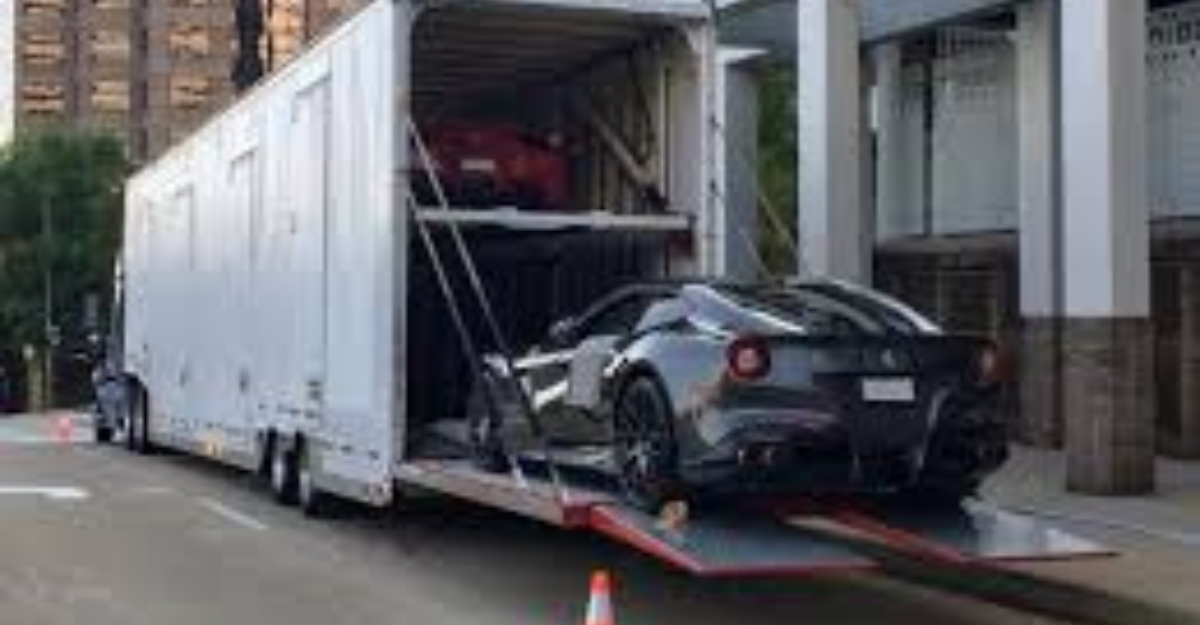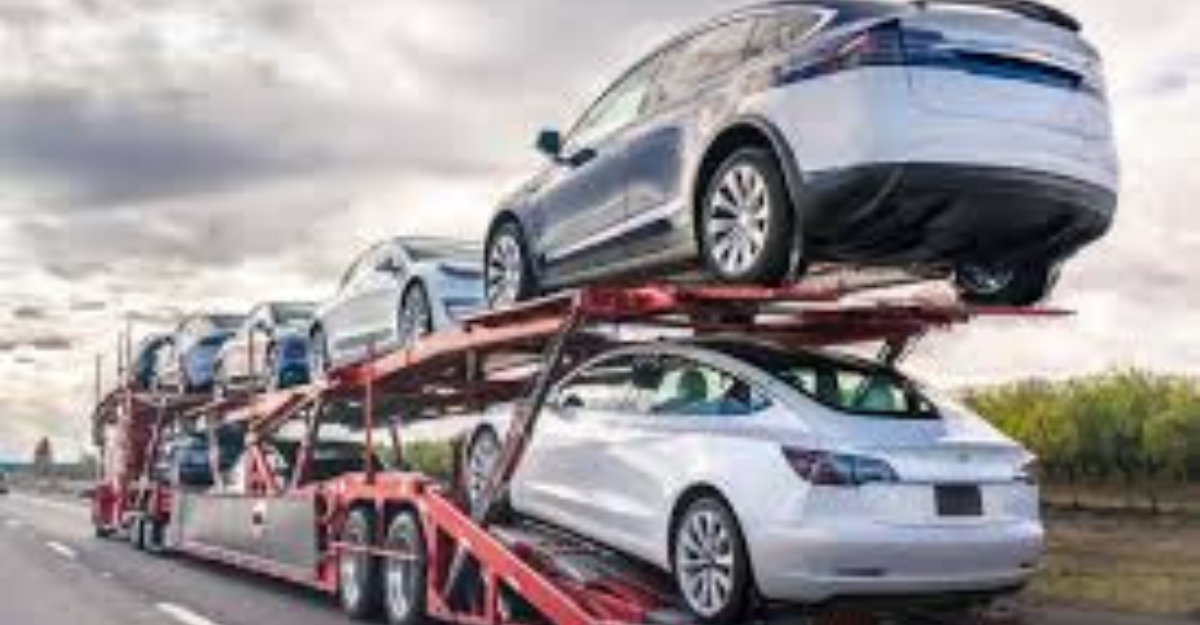Shipping a non-running car requires special equipment and handling, making the process slightly more complex than transporting a fully functional vehicle. Whether it’s a classic car under restoration, a project vehicle, or one that recently broke down, knowing the right steps ensures a smooth shipping experience.
In this guide, we’ll explain how non-running car shipping works, what it costs, and how to prepare your vehicle for transport.
🚚 1. What Is a Non-Running Car in Auto Transport?
A non-running car is any vehicle that can’t be driven onto the carrier under its own power. This could be due to mechanical issues, a dead battery, or even missing parts.
Types of Non-Running Cars:
✅ Inoperable but Intact: Engine issues, dead battery, or transmission failure.
✅ Partially Dismantled: Missing parts like wheels or doors.
✅ Accident-Damaged: Structural damage preventing safe driving.
💡 Tip: If your car has brakes, tires, and steering intact, shipping is easier and cheaper.
⚙️ 2. How Is a Non-Running Car Shipped?
Transporting a non-running vehicle requires specialized equipment and careful handling.
Transport Methods:
- Open Transport: Most common and affordable option. Ideal for cars with minor issues.
- Enclosed Transport: Premium option for classic, luxury, or damaged cars.
Loading Methods:
- Winch: A motorized cable pulls the car onto the carrier.
- Forklift: Used for severely damaged or partially dismantled cars.
- Hydraulic Liftgate: Ensures level loading, common in enclosed transport.
💡 Tip: Confirm the carrier has winch equipment before booking.
💰 3. How Much Does It Cost to Ship a Non-Running Car?
Shipping a non-running car costs $150 to $400 more than a running vehicle due to extra labor and equipment.
Average Shipping Costs:
| Distance (Miles) | Running Car (Open Transport) | Non-Running Car (Open Transport) | Non-Running Car (Enclosed Transport) |
|---|---|---|---|
| 0 – 500 | $500 to $800 | $700 to $1,100 | $1,000 to $1,400 |
| 500 – 1,500 | $800 to $1,200 | $1,000 to $1,500 | $1,500 to $2,000 |
| 1,500 – 2,500 | $1,000 to $1,500 | $1,200 to $1,900 | $1,800 to $2,500 |
| 2,500+ | $1,200 to $1,800 | $1,500 to $2,200 | $2,000 to $3,000 |
💡 Tip: Enclosed transport offers better protection but costs 30% to 50% more.
📝 4. How to Prepare a Non-Running Car for Shipping
Proper preparation ensures safe transport and avoids extra fees.
Checklist for Non-Running Car Shipping:
✅ Inform the Carrier: Clearly mention the car’s condition when booking.
✅ Check Tires: Properly inflated tires make loading easier.
✅ Fix Brakes and Steering (If Possible): Increases safety and reduces loading fees.
✅ Secure Loose Parts: Remove antennas, spoilers, or accessories.
✅ Empty Gas Tank: Keep it less than 1/4 full to reduce weight.
✅ Document the Condition: Take photos from multiple angles.
💡 Tip: If the car is partially dismantled, discuss details with the carrier in advance.
📜 5. Insurance Coverage for Non-Running Car Shipping
Auto transport companies must provide basic cargo insurance, but coverage for non-running cars can vary.
Standard Insurance:
- Open Transport: $50,000 to $100,000 per vehicle.
- Enclosed Transport: $100,000 to $500,000 per vehicle.
What’s Covered:
✅ Damage caused during loading, transit, or unloading.
❌ Pre-existing mechanical issues and personal belongings are not covered.
💡 Tip: For high-value vehicles, consider gap insurance for extra protection.
📦 6. How Long Does It Take to Ship a Non-Running Car?
Shipping times for non-running cars are similar to standard transport but may take 1 to 2 days longer due to specialized handling.
| Distance (Miles) | Estimated Delivery Time (Days) |
|---|---|
| 0 – 500 | 1 to 3 days |
| 500 – 1,500 | 3 to 7 days |
| 1,500 – 2,500 | 7 to 10 days |
| 2,500+ | 10 to 14 days |
💡 Tip: Expedited shipping is available but costs 20% to 30% more.
🔑 7. How to Choose the Right Carrier for Non-Running Car Transport
Not all car shipping companies handle non-running vehicles. Look for:
✅ FMCSA-Licensed Carrier: Verify registration on the FMCSA website.
✅ Winch or Forklift Availability: Confirm loading equipment.
✅ Specialized Experience: Choose carriers familiar with inoperable car transport.
✅ Insurance Coverage: Ensure it matches the car’s value.
💡 Tip: Reliable companies include Montway Auto Transport, Sherpa Auto Transport, and AmeriFreight.
📄 8. What to Expect Upon Delivery
When your non-running car arrives:
- Inspect the Vehicle: Check for new damage and compare it with pre-shipping photos.
- Note Damage on the Bill of Lading: Don’t sign until the condition is documented.
- Test the Brakes and Steering: Ensure they function properly after unloading.
- Arrange Towing if Needed: If the car can’t be driven, arrange for a tow truck.
💡 Tip: Carriers typically call 24 hours before delivery to confirm the drop-off.
💡 9. Tips for Affordable Non-Running Car Shipping
- Book Early: Last-minute bookings cost more.
- Choose Open Transport: Unless the car needs extra protection.
- Be Flexible with Dates: Wider pickup windows can lower costs.
- Compare Multiple Quotes: Get 3 to 5 estimates from reputable carriers.
- Verify Carrier Insurance: Ensure adequate coverage for your vehicle.
💡 Tip: Some companies offer multi-car discounts if you’re shipping more than one vehicle.
🌟 10. Is It Worth Shipping a Non-Running Car?
Shipping a non-running car is worth it if the vehicle has sentimental, functional, or financial value. Consider the following:
✅ Worth Shipping If:
- The car is a classic, luxury, or project vehicle.
- Repairing it at the destination is cheaper than fixing it locally.
- The vehicle has sentimental value.
❌ Not Worth Shipping If:
- The repair cost exceeds the car’s value.
- The car is severely damaged or missing essential parts.
💡 Tip: If the car has extensive damage, request a carrier with forklift access.
🚀 Conclusion: How to Ship a Non-Running Car Safely
Shipping a non-running car requires specialized equipment, careful preparation, and a reliable carrier. By choosing the right transport method, verifying insurance coverage, and properly preparing your vehicle, you can ensure a smooth shipping experience.
To recap:
✅ Choose a carrier with winch or forklift access.
✅ Verify insurance coverage before booking.
✅ Document the car’s condition with photos.
✅ Choose open transport for affordability or enclosed transport for extra protection.
With the right approach, your non-running car will arrive safely and ready for its next chapter.

